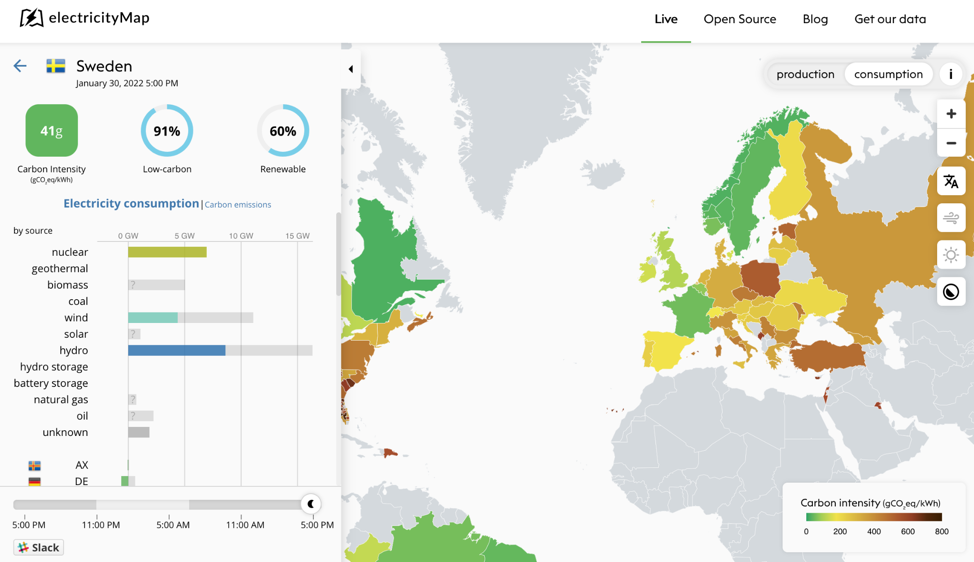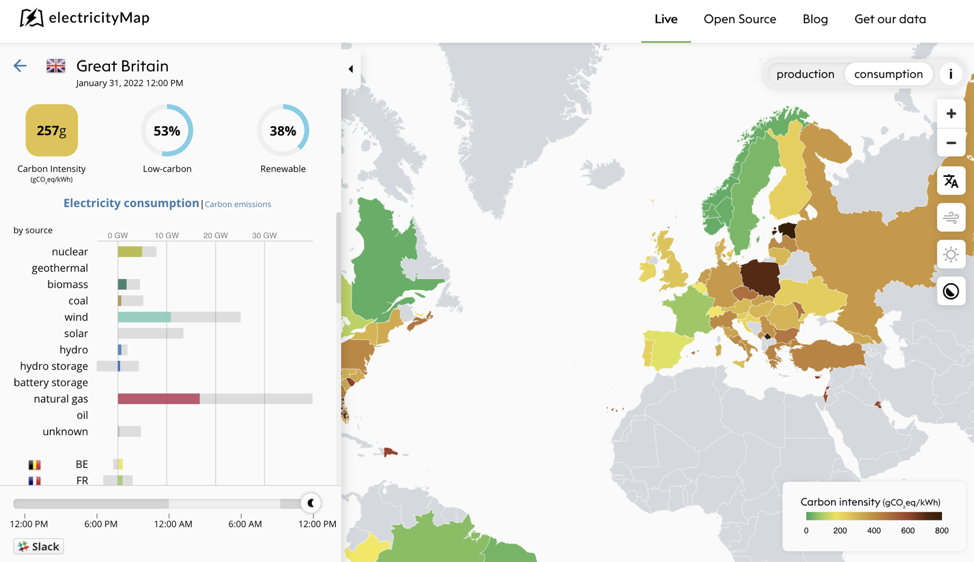Four Reasons Nuclear Can Help Renewables Realize Their Full Potential


· 4 min read
Renewables supporters and nuclear supporters have been divided for decades on which source of clean energy is best. Supporters of renewable energy say that solar and wind are cheap, and that we’ll be able to build so much of it, we won’t need nuclear. Nuclear power advocates, on the other hand, are doubtful that wind and solar alone can meet our energy needs.
Both industries are trying to expand throughout the world. Countries in every corner of the globe, as well as Fortune 500 companies, have ambitions to achieve 100% renewable electricity. Nuclear engineering firms are trying to make advanced nuclear designs commercial this decade.
But are these interests really all that competitive? Everyone wants clean power, and most credible energy analysts agree that way more power is needed as smaller economies industrialize over the coming decades. Global energy demand is expected to double by 2050, with most of this increase coming from developing economies. Greater energy prosperity is a positive and needed development — neither economies nor standards of living can truly progress without access to abundant electricity. But business-as-usual scenarios predict that coal will dominate future energy buildouts. We have just a few decades to change course, and build cheap, clean, reliable power instead.
On a large scale, renewables and nuclear supporters are not united in this common effort. But they should be, and here’s why.
The countries with the lowest emissions in the world all have either lots of nuclear, lots of hydropower (a baseload renewable source), or both.
Countries like Canada, Finland and Sweden have abundant hydro resources, and all of these countries use nuclear power to fill in much of the remaining demand. Not every region has the same water resources, nor is there much space left for new dams. But nuclear power is not constrained geographically, and pairing the two has resulted in extremely low system-wide emissions from electricity.

When the sun goes down, and when the wind stops blowing, solar panels and wind farms stop generating power at their full capacity. This is what makes them intermittent sources of energy. This isn’t a bad thing, it’s just part of the deal with energy sources that rely on the elements.
During lulls in power supply, a “backup” source needs to be there to keep producing power. This kind of reliable, always-on power is called “base load.” Right now, most of the base load power in the world comes from fossil fuels (mostly coal, oil, and natural gas). However, nuclear power and hydropower also serve base load needs at the same or even greater capacity, without the emissions.
Together, they can achieve diverse electricity mixes that serve unique geographical regions, while maintaining a low land footprint and minimally encroaching on ecosystems.

For example, you could put lots of hydropower and offshore windmills in a windy coastal region like Sweden, and use nuclear as an additional base load source. Or you could build solar panels in a sunny place like California, and build more nuclear plants to replace natural gas. But it wouldn’t be technologically possible for California to run only on solar. That would require a solar farm covering an area of 3800 sq km to serve the whole state. This would mean the loss of much of the state’s desert habitat and wildlife. And you would still need some kind of backup, because solar in California only generates at 28% capacity on average over the course of a year.
The UK has made a huge reduction in its CO2 emissions through a combination of transitioning from coal to gas, maintaining its nuclear fleet, and building renewables.

Advanced reactors that are currently being commercialized can provide cheap, clean electricity that can complement renewables. Not only that, but they can enable higher penetrations of renewables. Instead of wind and solar capping out at around 25% of total electricity before they start to create higher costs due to intermittency, advanced nuclear can ramp up and down to help renewables meet demand at all times.
We need every solution we can get. No technology can meet our clean energy needs on its own. The scale of what we need to do is so massive that success in every area is absolutely essential. More complex solutions are also needed beyond the electricity sector, in sectors like transport and industry. But getting on a path to decarbonizing the electricity sector using every available technology will achieve the quickest and most robust mix of solutions to serve humanity’s need for electricity.
Future Thought Leaders is a democratic space presenting the thoughts and opinions of rising Energy & Sustainability writers, their opinions do not necessarily represent those of illuminem.
Alex Hong

Energy Transition · Energy
illuminem briefings

Hydrogen · Energy
illuminem briefings

Energy Transition · Energy Management & Efficiency
Financial Times

Power Grid · Power & Utilities
The Guardian

Natural Gas · Greenwashing
Politico

Solar · Public Governance